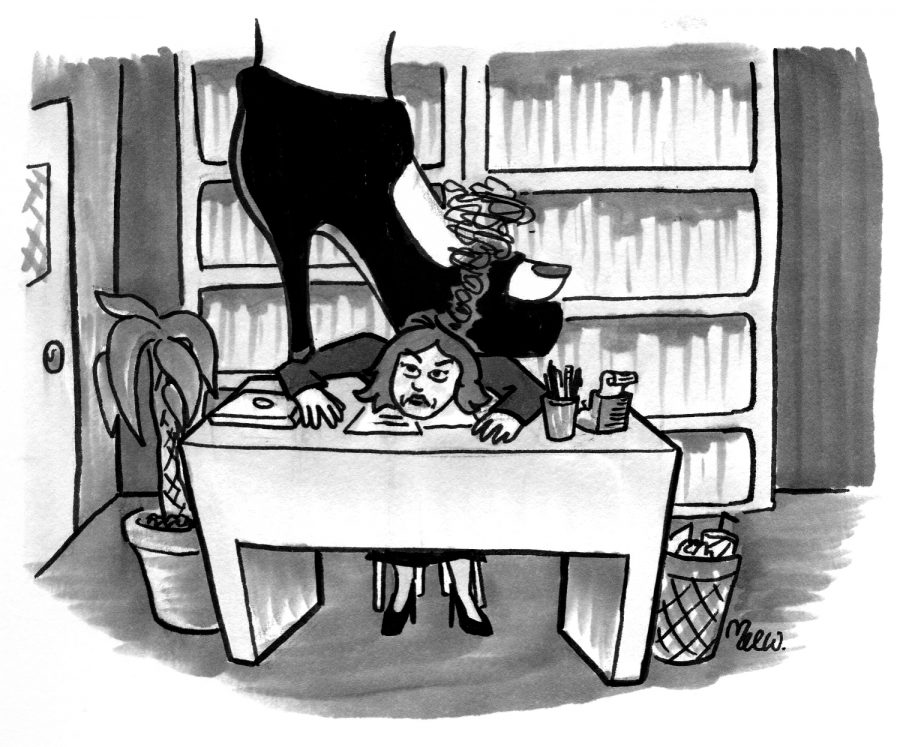Women in the Workplace’s 2017 report found women are underrepresented at every rung of the corporate ladder. The numbers only decreased on the climb toward the jobs with corner offices and leadership titles. The study, which surveyed 222 companies, found that only 1 in 5 top executives was a woman. And women of color suffered double discrimination — only 1 in 30 top executives was a woman of color.
While many issues contribute to this gender gap, one in particular implicates everyone, man or woman. An insidious cause of gender inequality in the workplace is bias against females in charge.
A lot of men have bias against women in leadership roles, but so do a lot of women. Consider that you probably have a case of gender bias. You may not know it because a lot of gender bias is unconscious. But if you ignore it, it will fester and the symptoms — such as a dearth of women in leadership roles from politics to business to academia — will remain for years.
”If you were taking a new job and had your choice of a boss, would you prefer to work for a man or a woman or do you have no preference?” A 2014 Gallup poll posed this question to women, and the largest percentage of female respondents, 39 percent, said they preferred a male boss. This is especially shocking because the percentage of men who preferred male bosses, 26 percent, is markedly lower than the number of women who said the same. Numerous other studies showed similar results.
How do we explain the troubling phenomenon that a lot of women don’t want to be led by other women? Kristie Loescher, senior lecturer for the McComb’s Department of Management, said that women are “just as susceptible to the biases that drive male dominance in the workplace because women are growing up in the same society that is presenting the male as the leader and the woman as the nurturer.”
Loescher was affected by gender bias throughout her previous career in healthcare administration, when young men who lacked her credentials and experience were promoted over her. And still she readily admits to having gender bias herself.
Admitting bias is essential to stopping its undesirable effects on workplace equity. “The bias you don’t admit is the one that controls you,” Loescher says. So cop to your bias. Then take steps to reduce it.
I’ll start. During registration last semester, I was torn between two courses in the same subject, one taught by a man and one by a woman. I elected for the one taught by a male teacher because I thought he looked like the more authoritative voice on the subject. Now I realize how illogical and biased that decision was. I gravitated toward what I have grown up seeing: men in leadership positions, men with expertise and power.
To reduce my own bias, I have taken conscious steps to try to eliminate gender of professor from my registration decisions, comparing course descriptions and professor CV’s to make my class choices more informed and less unknowingly discriminatory.
We all have to swallow some hard medicine, inspect our own unsightly bias and then consciously attack that bias. Otherwise, 20 years from now, we’ll still be asking each other why there aren’t more women in power.
Doan is a Plan II and English junior.





















